Mitochondria are the powerhouses of the cell. New research shows cancer cells can steal these energy generators from healthy cells to speed their growth.
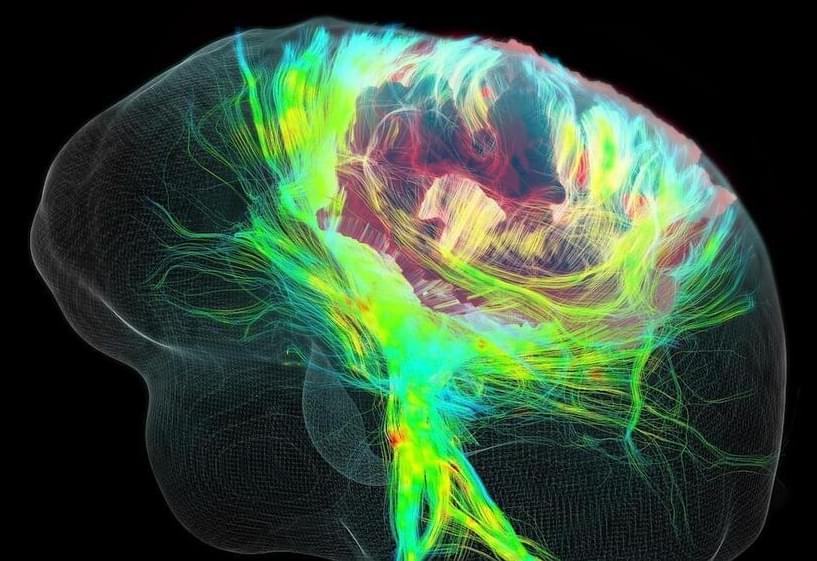

Join top executives in San Francisco on July 11–12, to hear how leaders are integrating and optimizing AI investments for success. Learn More
For Star Trek fans and tech nerds, the holodeck concept is a form of geek grail. The idea is an entirely realistic simulated environment where just speaking the request (prompt) seemingly brings to life an immersive environment populated by role-playing AI-powered digital humans. As several Star Trek series envisioned, a multitude of scenes and narratives could be created, from New Orleans jazz clubs to private eye capers. Not only did this imagine an exciting future for technology, but it also delved into philosophical questions such as the humanity of digital beings.
Since it first emerged on screen in 1988, the holodeck has been a mainstay quest of the Digerati. Over the years, several companies, including Microsoft and IBM, have created labs in pursuit of building the underlying technologies. Yet, the technical challenges have been daunting for both software and hardware. Perhaps AI, and in particular generative AI, can advance these efforts. That is just one vision for how generative AI might contribute to the next generation of technology.

Join top executives in San Francisco on July 11–12, to hear how leaders are integrating and optimizing AI investments for success. Learn More
Modern IT networks are complex combinations of firewalls, routers, switches, servers, workstations and other devices. What’s more, nearly all environments are now on-premise/cloud hybrids and are constantly under attack by threat actors. The intrepid souls that design, implement and manage these technical monstrosities are called network engineers, and I am one.
Although other passions have taken me from that world into another as a start-up founder, a constant stream of breathless predictions of a world without the need for humans in the age of AI prompted me to investigate, at least cursorily, whether ChatGPT could be used an effective tool to either assist or eventually replace those like me.
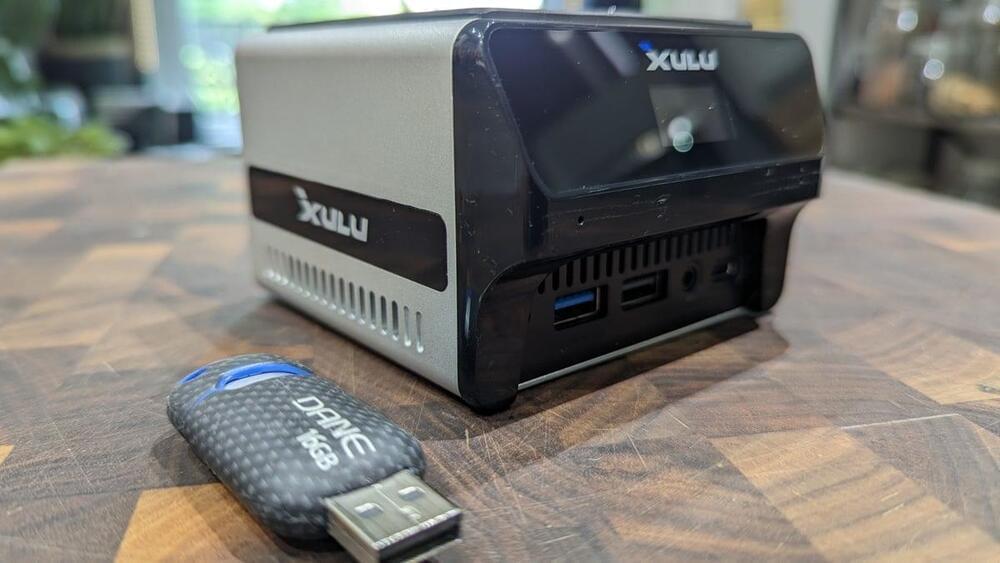
No matter the need, these tiny PCs are here to serve. I’ve used many small form factor PCs and most of what I’ve used pales in comparison to the Xulu XR1 Pro. This device is not only the smallest of the tiny PCs I’ve tried, but it’s also the most powerful.
The device itself measures a scant 3.5 × 3.5 inches and is only 2.5 inches tall, making it the smallest AMD Ryzen 7-powered PC ever built. Yes, it’s tiny. But it also offers six USB ports, one USB Type C port, two HDMI ports, and a headphone jack.
As far as price is concerned, the Xulu XR1 Pro will start at around $299 and max out at around $399. So not only does this tiny machine punch above its weight, but it’s also at a price point that makes it even more appealing. Having an AMD Ryzen 7 desktop machine at that price is a bargain…no matter the size.
For such a tiny computer, the Xulu XR1 Pro is a remarkably powerful machine that can serve as a desktop when space is very limited.
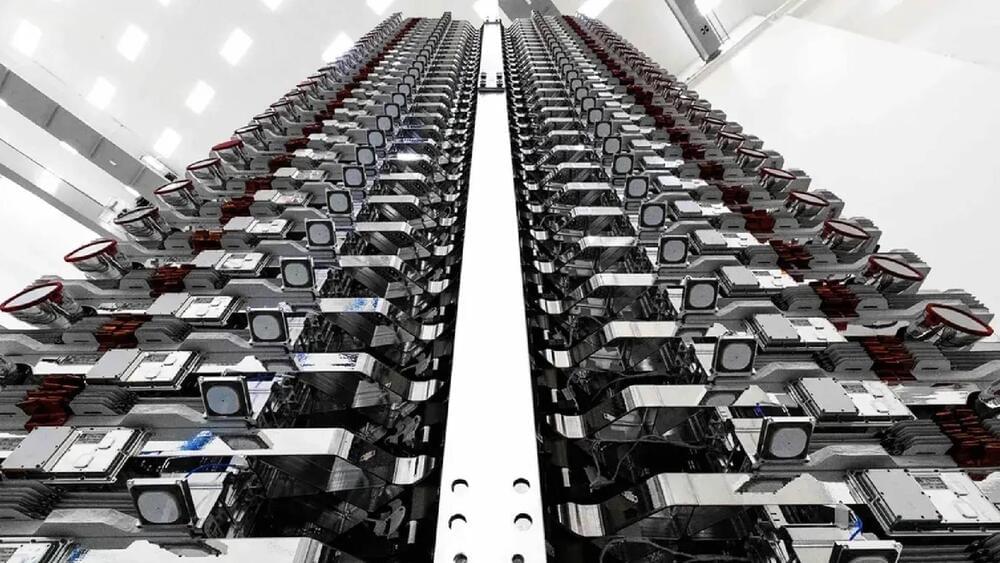
The technology may be acquired by the Ministry of Defense in the next fiscal year.
Reuters.
If all goes well, the organization may adopt the technology next fiscal year.
Reuters reported on Sunday that Japan’s military is testing Elon Musk’s Starlink satellite internet service according to the Yomiuri newspaper that cited unnamed government sources.
Japan’s Ministry of Defense already has access to communication satellites in geostationary orbit but lacks access to the devices in low Earth orbit which Starlink would provide, the Yomiuri said.
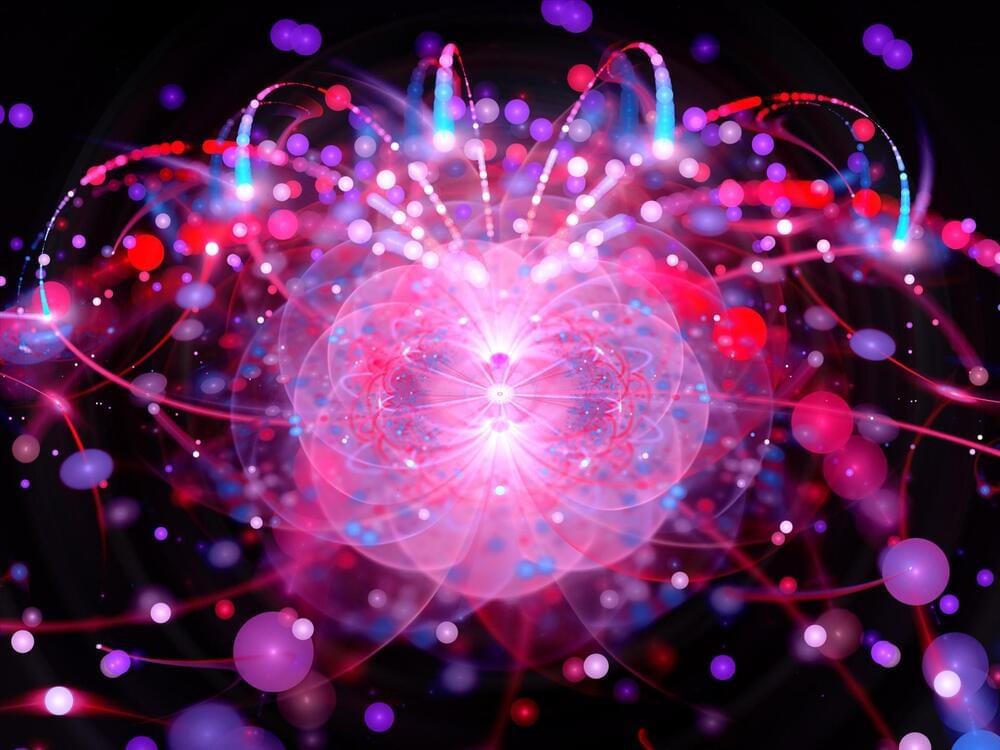
Overlapping lattices and innovative techniques have unlocked the secrets of bosonic materials, opening doors to unprecedented possibilities in condensed matter physics.
Physicists at UC Santa Barbara have unlocked the secrets of an extraordinary material made of bosons. Traditionally, the scientific community has focused on understanding the behavior of fermions, the subatomic particles responsible for the stability and interaction of matter. However, this recent breakthrough explores the unique properties of bosons, shedding light on a less explored realm of particle physics.
By overlapping lattices of tungsten diselenide and tungsten disulfide in a twisted configuration known as a moiré… More.
Sakkmesterke/iStock.
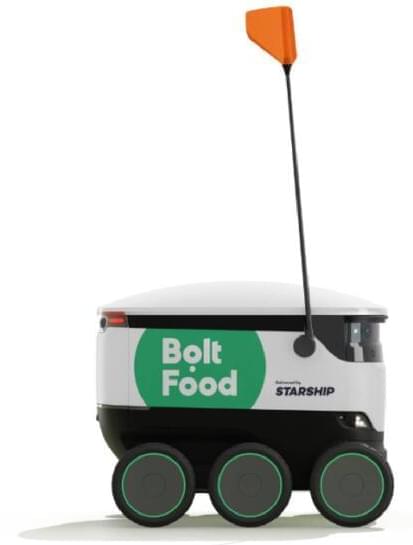
The robots will be self-driving.
Estonian ride-hailing firm Bolt has revealed it will soon begin delivering food to people’s doors using a fleet of autonomous robots. The move hails from a partnership with robotics firm Starship Technologies.
The company will first trial its online food deliveries in its home city of Tallinn, Estonia later this year.
Bolt.
This is according to a press release by the firms published on Wednesday.
EPFL
Engineers at EPFL’s Computational Robot Design & Fabrication (CREATE) lab are training robots to pick the famous fruit on a silicone version that mimics the real thing.
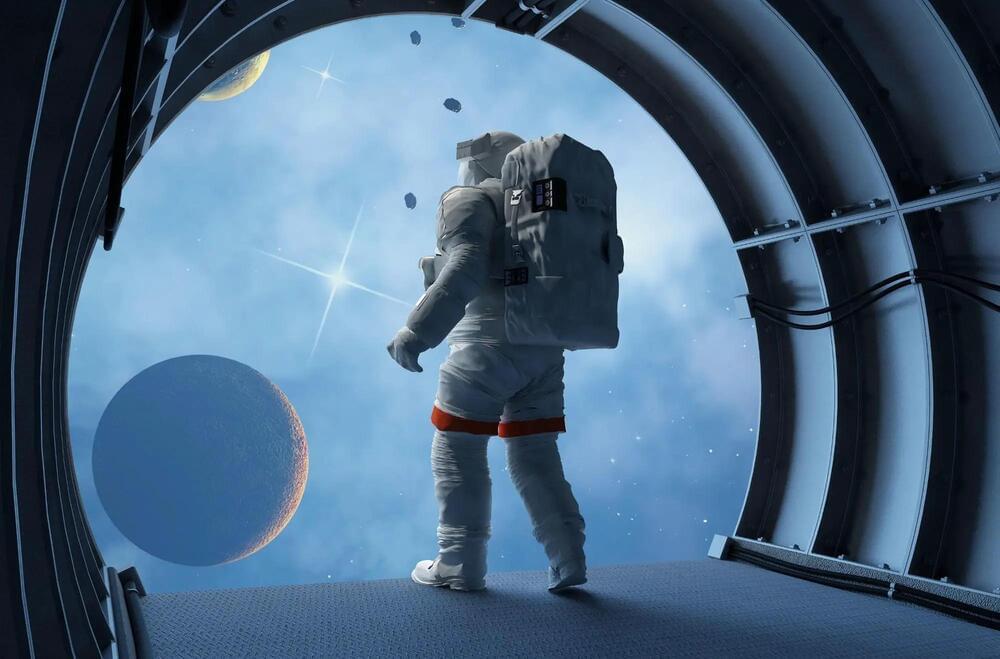
To survive long-term in deep space? The answer is a lukewarm maybe, according to a new theory that outlines the intricate challenges of maintaining gravity and oxygen, securing water, cultivating food, and managing waste while being distant from Earth.
Dubbed the Pancosmorio theory – a word coined to mean “all world limit” – it was described in a paper published in Frontiers in Astronomy and Space Sciences.
“For humans to sustain themselves and all of their technology, infrastructure, and society in space, they need a self-restoring, Earth-like, natural ecosystem to back them up,” said co-author Morgan Irons, a doctoral student conducting research with Johannes Lehmann, professor in the School of Integrative Plant Science at Cornell University. Her work focuses on soil organic carbon persistence under Earth’s gravity and varying gravity conditions. “Without these kinds of systems, the mission fails.”
American Airlines has agreed to purchase 20 supersonic planes from Denver-based Boom Supersonic — if the startup can get the ultrafast jets off the ground and approved by regulators.
Why it matters: Supersonic planes, by definition, travel faster than the speed of sound — 767 miles per hour — but Boom’s in-development Overture jet is expected to travel much faster than that, with a cruising speed of 1,227 mph.
That’s about twice as fast as any existing commercial airplane, so it would dramatically cut flight times — at that speed, a trip from Miami to London would take less than 5 hours, compared to today’s 9.5.